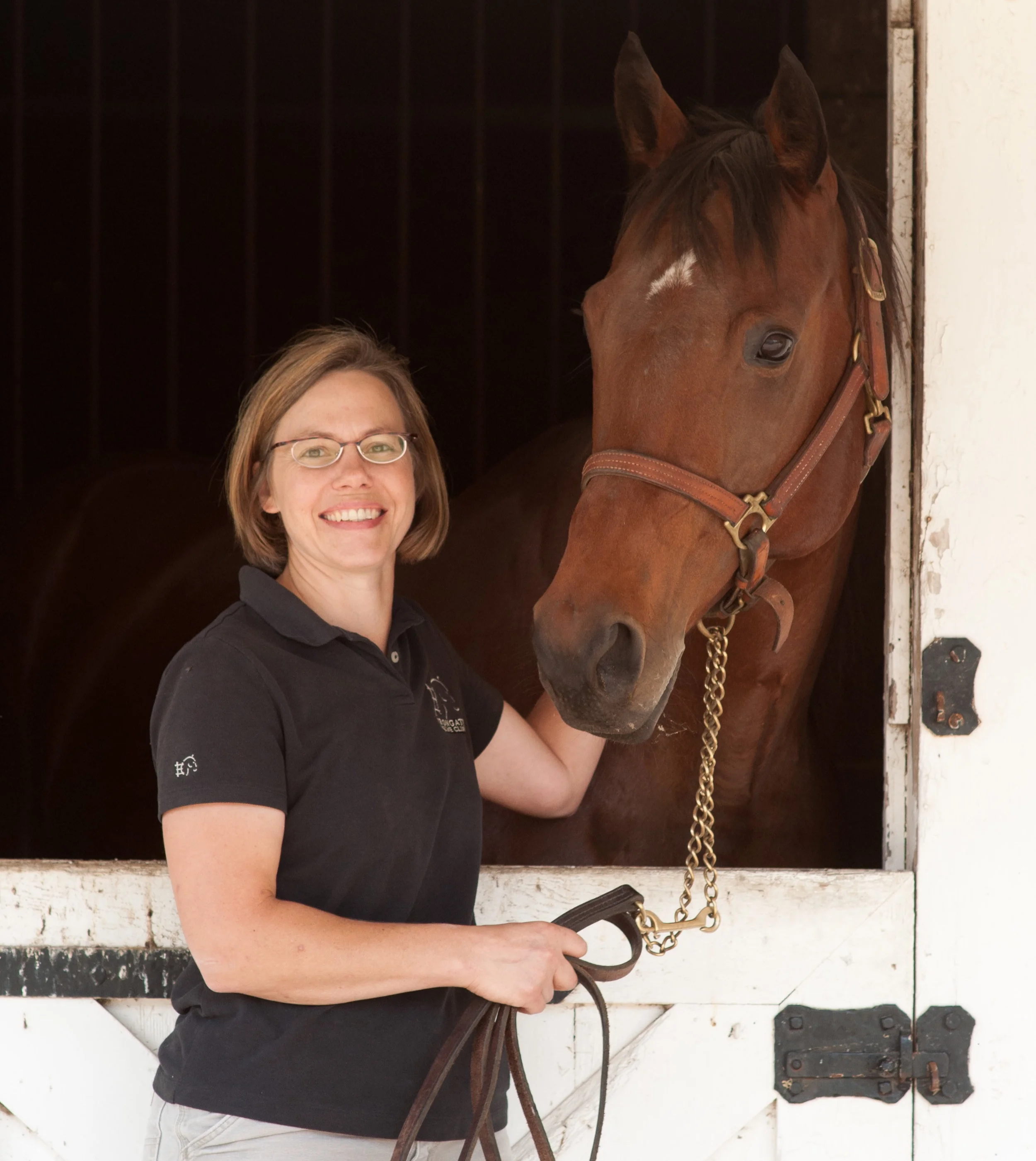Written By: Lisa Nesson DVM
A lot has been said lately about the euthanasia and final disposition of horses and other equids. This has been the result of pharmacologic euthanasia agents being found in commercial dog foods in recent years. This situation has resulted in rendering companies changing their stance on what horses they will render based on how the horse was euthanized. Many horse owners have stated that there has been a change in the laws surrounding equine euthanasia and rendering but this is not the case. No laws have changed. What has changed is that some rendering companies are limiting the way the horses they accept are being euthanized. This blog is written in an effort to help horse owners understand the methods currently acceptable for the euthanasia of horses.
Euthanasia of a beloved horse, pony, donkey or mule is one of the hardest decisions an owner has to make during the lifetime of their companion. In making that decision, they are asking the veterinarian to give them the best information they can regarding the horse's condition necessitating euthanasia. In addition, the owner is asking that the euthanasia be performed in a manner that ensures the horse's suffering is alleviated and the process is painless.
“How the horse is euthanized will determine how the remains are cared for after its death. Conversely, how the horse will be cared for after death may determine how the horse needs to be euthanized.”
Currently there are three methods of humane euthanasia, as outlined by the American Veterinary Medical Association's 2013 Guidelines for the Humane Euthanasia of Animals, being used. The AVMA euthanasia guidelines are actively being revised with additional methods of equine euthanasia to be included, but the currently approved methods are gunshot, barbiturate lethal injection and potassium chloride overdose of an anesthetized equine. All of these methods meet the requirements of the AVMA for humane euthanasia. They should cause death by resulting in the rapid loss of consciousness followed by cardiac or respiratory arrest and subsequent loss of brain function. Loss of consciousness should come before loss of muscle movement to ensure the painlessness of the procedure. They also must minimize or eliminate any pain, anxiety or distress of the horse prior to loss of consciousness.
Gunshot to the head is painless, humane and immediate if it is performed properly. It also leaves no drug residues in the animal, at least not from the euthanasia. If the animal has been treated for an illness or injury, the horse may have drug residues from these treatments although rendering companies are not currently addressing these drug residues. While gunshot may not be aesthetically pleasing to some horse owners, it leaves all options open for the care of the remains after the horse’s death. In many countries this is the generally accepted method of euthanasia. This type of euthanasia is not required to be carried out by a veterinarian, but should be performed by an individual with training and an understanding of the critical anatomy involved.
Lethal injection with a barbiturate, typically pentobarbital, is the method most commonly employed by veterinarians in the United States. The barbiturates used are DEA controlled substances so this method can only be carried out by a licensed veterinarian. The medication is typically given intravenously to a sedated horse at a dosage that results in the immediate collapse and death of the horse. The dosage required can vary depending on the health and medical condition of the horse so re-dosing may be needed during the procedure. This method does result in drug residues in the remains that requires that the horse be disposed of properly to prevent other scavenger animals having access to the body or the remains entering any food chain. Horses euthanized in this manner can be rendered by some rendering companies, bio-digested, cremated, buried or composted as long as state and local regulations are followed,
Lethal injection of a potassium chloride solution given intravenously to anesthetized horses is the third method of euthanasia. This method can only be used in anesthetized horses in order for it to be considered humane. This process of the euthanasia takes more time to perform than either of the other two methods. Potassium chloride injection is humane because the horse is at a surgical plane of anesthesia, is not feeling any pain and is completely unaware of the process. Horses euthanized with potassium chloride can be rendered by some rendering companies, bio-digested, cremated, buried or composted as long as state and local regulations are followed.
In summary, should the time come that a horse owner needs to have their horse euthanized, what they need to decide is how they want to have the horse‘s remains managed in the end. This will determine, in part, the way the horse is euthanized. Consult with your veterinarian regarding your options in your area for final disposition and then discuss with them how the process can be carried out. Rest easy in the knowledge that whatever method is used, it will be done humanely and in the best interest of the horse.























